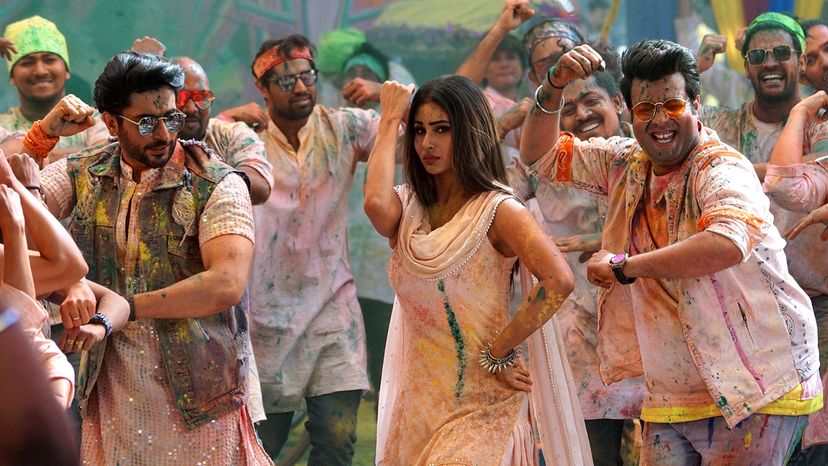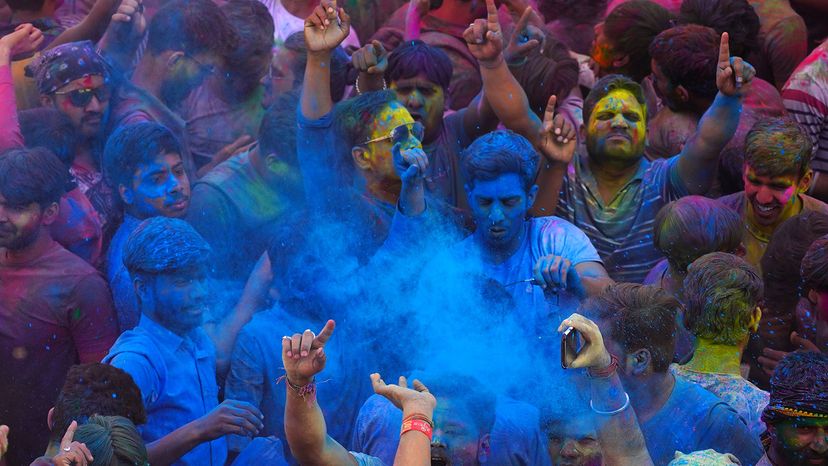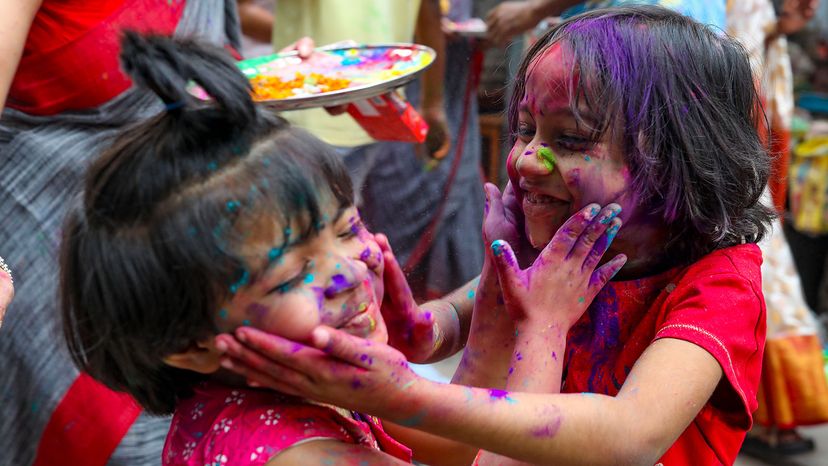
Springtime often means a celebration of the earth's rebirth — a time when people find hope in a fresh start. In India, and especially in the northern part of the country, that hope is embodied in Holi, a day when entire towns are drenched, literally, in color [source: BBC]. It is a Hindu festival celebrated in many countries around the world, but primarily in India.
Splattering neighbors and strangers and buildings in paint and colored powder is the most obvious sign of Holi. It's pretty tough to miss — pink- and red- and yellow-covered people dancing in streets, those streets suddenly purple, green and gold, the very air filled with gulal, a powdered pigment that comes in every color imaginable. Street stands everywhere are piled with it.
Advertisement
But the colors aren't the only signs. And they're definitely not, from a cultural perspective, the most significant aspect of the holiday. Holi, for a single day, erases one of the core components of Indian society (and seriously distorts a few others). During the full moon of the month of Phalgun, roughly the Western calendar's month of March, India is a different world.
But first, some history. Holi, in some form, has been around for many centuries as a welcoming of spring, but over time it has come to signify something more.
Advertisement

